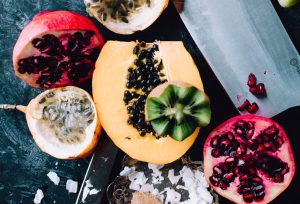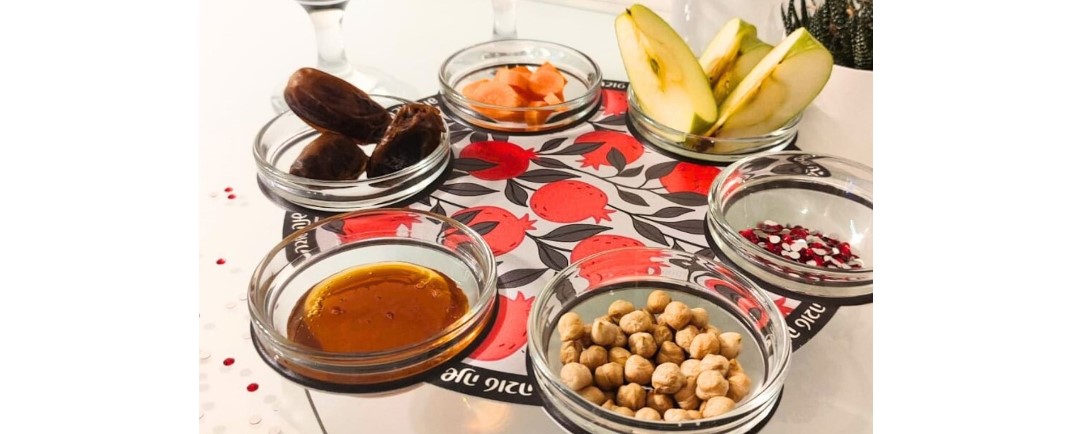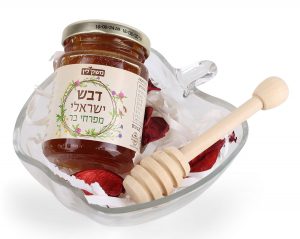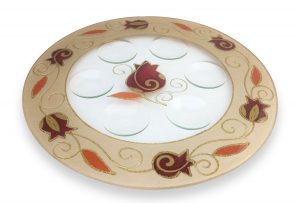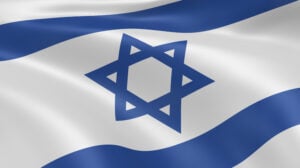Jewish holidays are filled with copious amounts of delicious foods, but besides for the glorious apples and honey, little know about the feast involved in a Rosh Hashanah Seder. Hours shorter than your average Passover Seder, this tradition is only a starter to your meal. Mainly practiced among the Sephardi community, but growing in popularity among other communities in recent years, the Rosh Hashanah Seder is usually comprised of eating dates, small beans, leeks, beets, gourds, pomegranates, apples with honey, and a ram’s or fish head. It might seem completely random, but the brachot – blessings – said over the food brings everything together.
Done on both nights of the two-day holiday, the Rosh Hashanah Seder is a fun way to switch things up and bring meaning to your holiday while trying some new foods!
And don’t forget that any one of these foods – especially Israeli-made honey! – will make great Rosh Hashanah gifts for your loved ones!
Dates
“That there come an end to our enemies, haters and those who wish evil upon us”
The date, or “tamar” in Hebrew, is one of the Seven Species native to Israel since Biblical times. Besides for saying the regular blessing over fruit before, immediately after we eat the date, we say another blessing of which the end is written above. In Hebrew, the word for “end” is “tam“, which we then derive from the word “tamar“. Some say that one should eat fresh dates, but dried dates are much sweeter and there is a tradition to eat sweet things for a sweet year, so the choice is up to you.
You can read more about the Biblical Seven Species and what they each mean here!
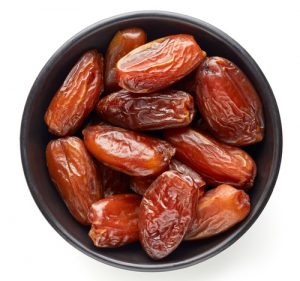
Small Beans
“That our merits shall increase and that You hearten us.”
To say “small beans” leaves an unlimited selection as to what to eat during this part of the seder. Many choose to enjoy green beans or black-eyed peas on their own or as a part of a dish, as long as the focus is on the beans when saying the blessing. The word for these beans is “rubiya” or “lubiya” which are related to the words “rav” (many) and “lev” (heart). With the small beans, we ask that our merits should increase and be many (rav) and that God should hearten us (lev). Many also say the word “rav” can refer to the food itself, as it is a food that you do not just eat one, but rather many.
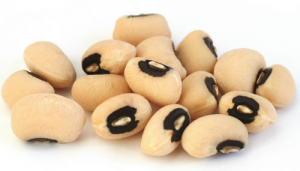
Leek
“That our enemies, haters, and those who wish evil upon us shall be cut down”
You don’t have to eat plain leeks for this part of the seder but instead turn them into something yummy and enjoyable to eat such as leek latkes! In Aramaic, the word for leek is “karti” which is similar to the word “yikartu” meaning to “cut”. During this blessing we ask that God cut down our enemies and haters who wish evil upon us. Many feel uncomfortable wishing for these types of things on their enemies, so some interpret enemies as our yetzer harah – our evil inclination. By using this interpretation, we are then asking God to take down our bad side so that we can become better people in the new year.
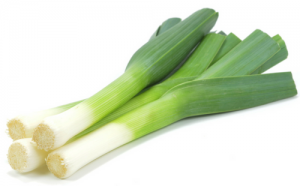
Beets
“That our enemies, haters and those who wish evil upon us shall depart.”
The beet, or “selek” in Hebrew, represents our enemies retreating from us, as the word “selek” is similar to “yistalku“- “to depart”. Beets are actually part of a more modern tradition for this part of the Rosh Hashanah Seder, as a leafy green vegetable such as spinach was originally used. The word “silka” is Aramaic for a type of leafy green eaten in Biblical times that is said to be similar to spinach or Swiss Chard. The choice is yours when it comes to what to eat in connection to this blessing!
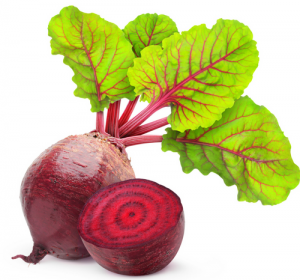
Gourd/Pumpkin
“That the evil of our verdicts be ripped, and that our merits be announced before you.”
A gourd or pumpkin is something almost any American can connect to as it fits into the autumn theme that is right around the corner. Fall is peak season for pumpkin, leaving endless delicious options to make with it, and don’t be afraid to get creative with what dish to make! In the blessing, we ask that God should tear away any evil decrees against us, as the Aramaic word for gourd is “k’ra“. “K’ra” sounds very similar to the word for “to tear”- “karaa“.
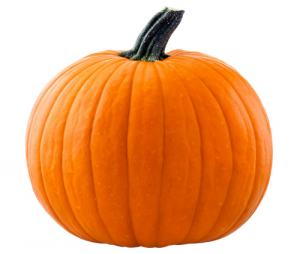
Pomegranates
“That we be filled with mitzvot (commandments) like a pomegranate”
Another one of the Seven Species, a pomegranate or “rimon” actually does not represent a word in the blessing like the other parts of the Seder. Rather, a pomegranate is full of seeds, just like we should be full of righteous mitzvahs – commandments. And in Israel, pomegranate season actually starts around the time of the fall Jewish holidays, which is part of the reason why they are have such a presence on holiday tables this time of year.
You can read more about the pomegranate’s rich significance in Judaism and on Rosh Hashanah here!
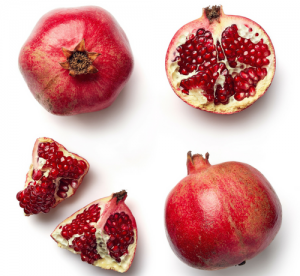
Apples & Honey
“That You renew for us a year good and sweet like honey.”
Obviously the famous apples and honey combination is another part of the Rosh Hashanah Seder! While the blessing only mentions honey, the question comes up as to where the apple came from when saying the blessing for a sweet new year. There are two main reasons: one is that an apple is round and on Rosh Hashanah we eat round foods to represent coming full cycle with the year; the other is that an apple represents the Garden of Eden, which is said to smell like an apple orchard. The tradition can be fulfilled with either bee honey or date honey, so choose your favorite!
You can read about different types of honey that are naturally grown in the Land of Israel here!

Ram’s Head or Fish Head
“That we be a head and not a tail.”
This part of the tradition calls for a ram’s head or fish head, though not too many people still keep it literally these days; the meaning behind it is that we should be like the head and not the tail when we begin this New Year. Rather than buying something that may not be too appetizing for guests, some choose to get a head of lettuce, or roast a head of garlic or head of cauliflower. Or if you prefer a sweeter option, buy some gummy fish or gummy bears and serve only their heads. When it comes to the actual animals, a ram is said to represent strong leadership, while a fish represents abundance and the chance to always look out for good opportunities, as fish are constantly swimming around.
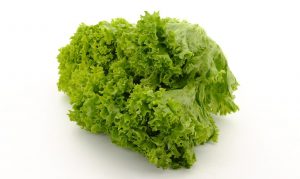
Round Challah
“Who brings forth bread from the earth”
Right after the Rosh Hashanah Seder we have another iconic holiday food that no Rosh Hashanah meal can be complete without – round challah, which many people dip in honey as well. All Jewish holiday and shabbat meals traditionally begin with bread or challah, but on Rosh Hashanah we specifically use round challah so that it resembles the “head” of the year.

A New Fruit
“Who has granted us life, sustained us and enabled us to reach this occasion.”
While not actually a part of the Rosh Hashanah Seder itself, many people have the tradition to say the blessing of Shehecheyanu which is said over a new experience, in this case over a new fruit, often eaten on the second night of Rosh Hashanah. This can be a completely new-to-you fruit you’ve never eaten before, or one you haven’t had in a year or since the previous growing season. Rosh Hashanah is a special time of the year and by trying something new, we are bringing in the new year with a chance to become “new” people, even better than we were in the past year.
